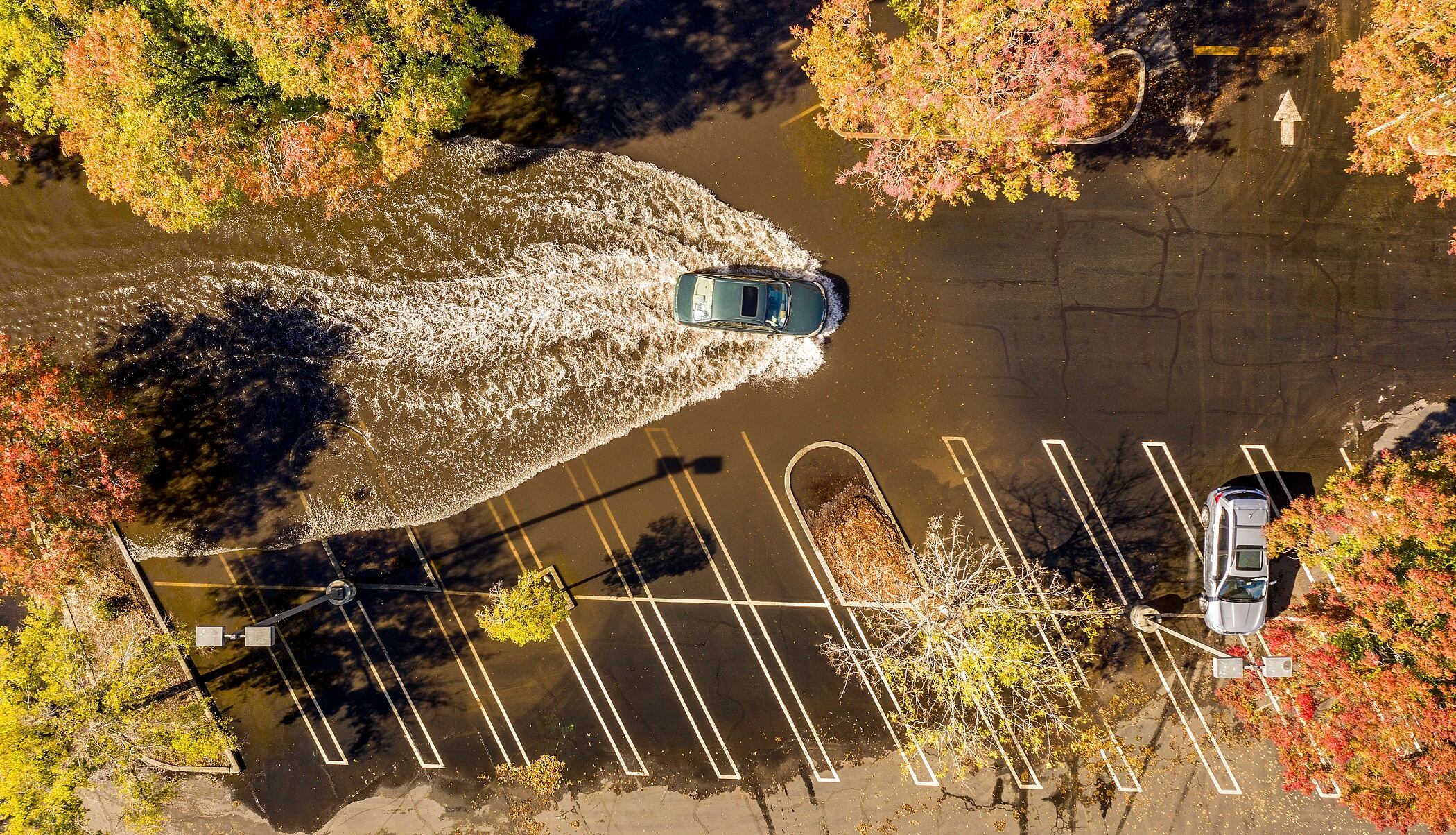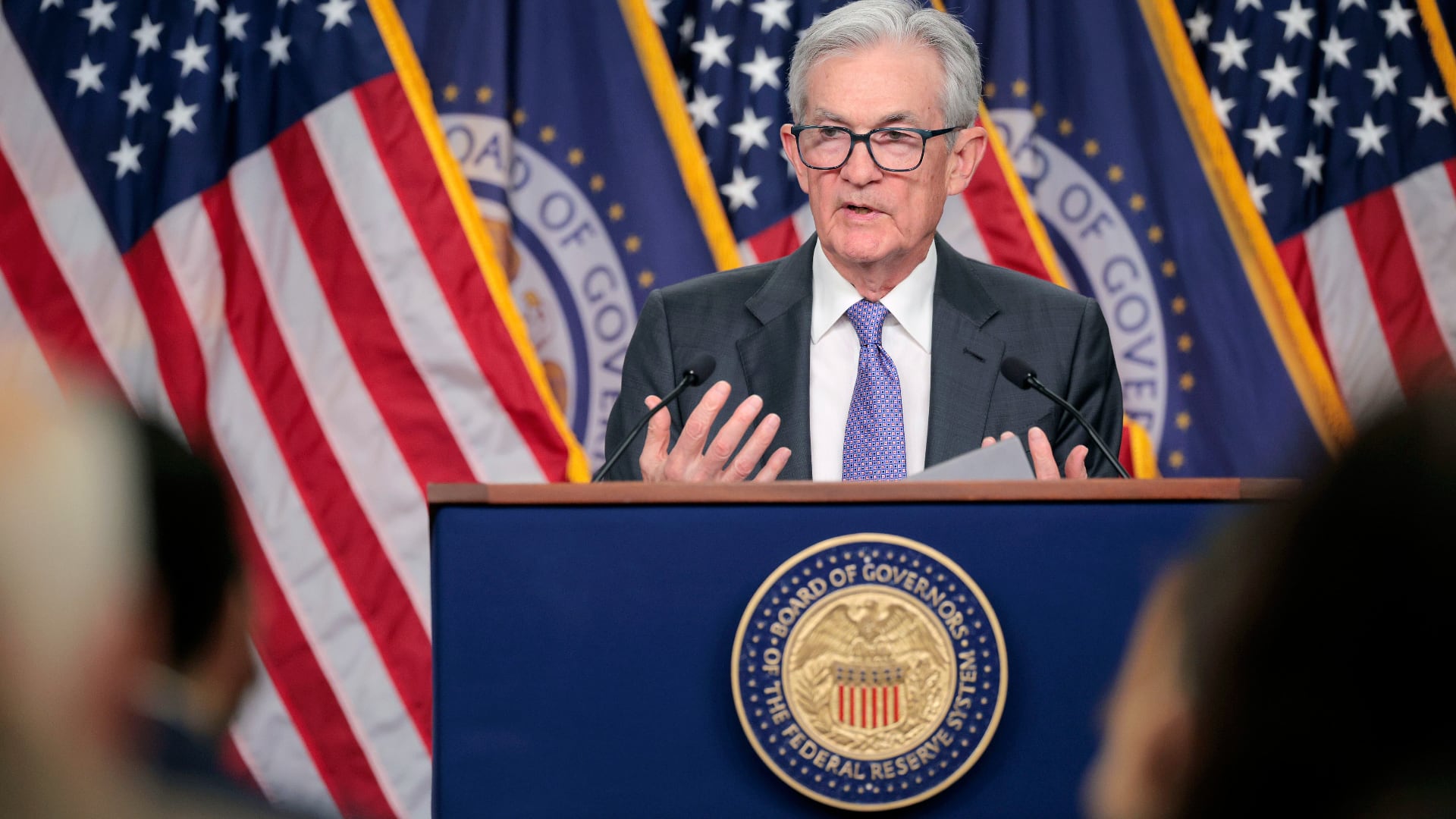A group of prominent academics and activists are calling on banks and insurers to take special precautions around climate risks, not just for the betterment of planet Earth, but to avoid the kind of systemic collapse that crippled the world economy back in 2008.
The group, which includes well-known public intellectuals such as economic historian Adam Tooze and economist Ann Pettifor, sent an open letter to various stakeholders Wednesday calling for one-to-one capital requirements on all new fossil fuel investments.
The letter comes just days ahead of the 2021 United Nations Climate Change Conference, or COP26, where countries will gather to discuss the world's climate goals amid concerns that carbon emissions are not falling fast enough to keep global warming below 2 degrees Celsius.
A one-to-one capital requirement would mean that every dollar invested in new fossil fuel projects would need to be backed by a matching dollar in reserves to guard against future risks.
This kind of rule is usually reserved for the riskiest investments but the letter argues that for a number of reasons fossil fuel investments should now qualify.
"The potential losses on fossil fuel exposures are definitely bigger than what banks and insurance providers exposed themselves to in the subprime crisis," said Benoît Lallemand, secretary general of Finance Watch, a pan-European nonprofit backing the letter.
Lallemand breaks down climate change risks into what he calls transition risks, the increasing possibility of governments cracking down on the sector, and physical risks, the actual losses from climate-related impacts such as forest fires and flooding.
These risks already exist, he said, but banks aren't properly accounting for them — in effect subsidizing the banking and insurance sectors and making fossil fuels artificially cheap.
The letter pointed to a recent IMF report finding that 92 percent of the $5.9 trillion in fossil fuel subsidies worldwide stemmed from "undercharging for environmental costs and foregone consumption taxes."
Not accounting for these costs, Lallemand said, also potentially exposes governments to the need for bailouts once their own climate policies effectively devalue banks' and insurers' assets.
"What we're looking at is potential massive taxpayer bailouts," he said. "We focus on insurance and banks, because these are systemic institutions. Governments can't just tell them to go die. They can't do it because there would be a domino effect."
In other words, bank losses could become taxpayer liabilities if banks don't start preparing now.
'We Are Not Calling on Financial Supervisors to Save the Day'
Yet some financial commentators have pushed back against the idea that banks should take a leading role in combating climate change.
"Trying to force an industry that’s designed to pursue profit to become the climate-change sheriff sounds a bit like foxes guarding henhouses," wrote Bloomberg Opinion columnist Mark Gilbert in an op-ed that came out Wednesday. "Governments, not capital markets, need to decide and legislate on the limits needed to move towards net zero."
But Lallemand stressed that the goal of the one-to-one requirement isn't designed to replace government action on climate change with new financial regulations, but rather to ensure that the world economy doesn't collapse during the transition away from fossil fuels.
"We are not calling on financial supervisors to save the day," he said. "We are just asking them to fulfill their mandate of financial stability."
So far, he argued, self-reporting by banks has been inadequate, and calls to gather more data or obtain more disclosures from banks have gummed up the process.
"Everyone realizes it's completely stuck, and people are saying we still need to collect data," he said. "That's been going on for five years."
Supporters of the one-to-one measure trace its origin to a 2015 speech from Mark Carney, the former governor of the Bank of England, in which he suggested tighter capital requirements..
"Financial policymakers will not drive the transition to a low-carbon economy," Carney said at the time. "But the risks that I have outlined mean financial policymakers do, however, have a clear interest in ensuring the financial system is resilient to any transition hastened by those
decisions, and that it can finance the transition efficiently."
Acting Now
Since then, no hard and fast rules have been implemented, but the discussion has ratcheted up in recent years as more and more countries come to terms with the reality of climate change.
Back in June, U.S. Acting Comptroller of the Currency Michael Hsu said banks would "eventually" have to account for climate change risks in their capital requirements.
"It would be hard for it not to be because exposure is exposure and you have to risk manage and capitalize for that," Hsu told Reuters.
The European Commission also released draft laws on Wednesday for reforming capital requirements by 2025. The goal of the laws is to increase capital buffers and push banks toward taking environmental concerns more seriously in their risk accounting.
Stephany Griffith-Jones, a fellow at the Institute of Development Studies at the University of Sussex who signed the letter, said regulators need to step up despite pushback from banks.
"When you are regulating banks, you shouldn't always ask what they think, because they will always resist regulation," she said. "Maybe on some of the details you need to talk to them, but not on the principle."
Griffith-Jones noted that a 100 percent reserve requirement might be "a bit radical" to do overnight, but that it could be implemented in stages over a set time frame.
"I think what is needed is to have some increase in capital requirements," she said. "If this was a problem that was going to explode in 50 years' time, it wouldn't matter, but we're in a climate emergency and we need to start acting now. The next 10 years are crucial."



